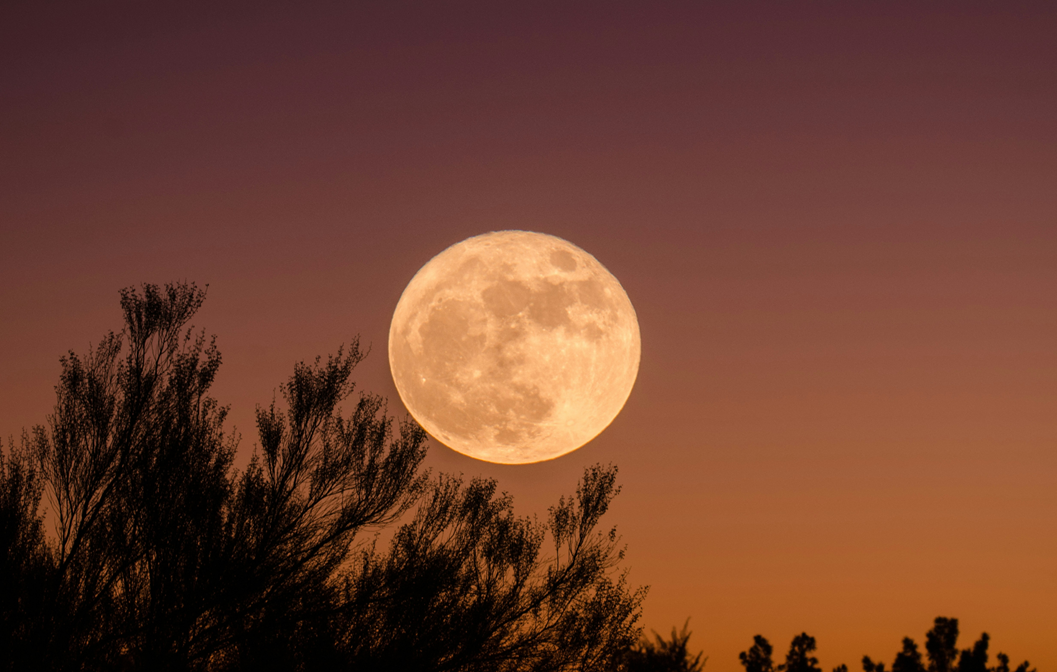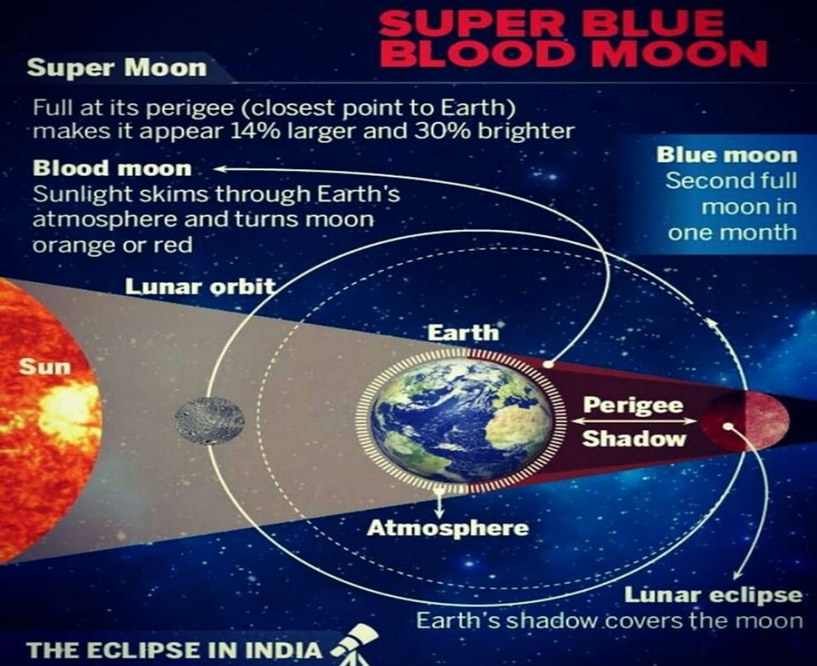- Courses
- GS Full Course 1 Year
- GS Full Course 2 Year
- GS Full Course 3 Year
- GS Full Course Till Selection
- Online Program
- GS Recorded Course
- NCERT (Recorded 500+ Hours)
- Polity Recorded Course
- Geography Recorded Course
- Economy Recorded Course
- AMAC Recorded Course
- Modern India, Post Independence & World History
- Environment Recoded Course
- Governance Recoded Course
- Science & Tech. Recoded Course
- International Relations and Internal Security Recorded Course
- Disaster Management Module Course
- Ethics Recoded Course
- Essay Recoded Course
- Current Affairs Recoded Course
- CSAT
- 5 LAYERED ARJUNA Mentorship
- Public Administration Optional
- ABOUT US
- OUR TOPPERS
- TEST SERIES
- FREE STUDY MATERIAL
- VIDEOS
- CONTACT US
Super Blue Moon on Raksha Bandhan
Super Blue Moon on Raksha Bandhan
23-08-2024

On August 19, Raksha Bandhan (or Rakhi), which traditionally occurs on the full moon day (Purnima) in the month of Shravan, will be marked by a rare astronomical event: a "super blue moon."
- This rare occurrence combines two distinct lunar phenomena—a “blue moon” and a “super moon”—into one exceptional event.
What Is a Supermoon?

- A super moon happens when the full moon coincides with its closest approach to Earth in its elliptical orbit, known as perigee.
- The moon's orbit around Earth is not perfectly circular but rather an elongated ellipse.
- The point where it is closest to Earth is perigee, and a full moon that occurs at this point is referred to as a super moon.
- Appearance: During a supermoon, the moon appears about 14% larger and 30% brighter than a full moon at its farthest point from Earth, called apogee.
- Although the difference in size is technically measurable, it may not be very noticeable to most observers.
- The moon might look somewhat brighter, but the visibility of this difference depends on factors like local weather, atmospheric clarity, and moon illusion.
What Is a Blue Moon?
- Common Definition: The term "blue moon" is often used to describe the occurrence of a second full moon in a single calendar month.
- Because the lunar cycle from one full moon to the next lasts about 29.5 days, a month with a full moon on the 1st or 2nd can have another full moon at the end of the month.
- This happens approximately every two or three years.
- Astronomical Definition: Another definition of a blue moon is the third full moon in a season that has four full moons.
- A season, in astronomical terms, is the period between a solstice and an equinox. This definition was popularized by the Maine Farmers’ Almanac in 1937.
Will the Super Blue Moon Actually Appear Blue?
- Color: Despite the name "blue moon," the moon will not actually appear blue. The term "blue moon" refers to the rarity of the event rather than the moon’s color.
- The moon’s color can appear yellow or orange when it is near the horizon due to the scattering of shorter blue wavelengths of light by the Earth's atmosphere.
- Occasionally, dust or smoke can make the moon look blue, but this is unrelated to the "blue moon" phenomenon.
Viewing Times:
- Rise Times: On August 19, the super blue moon will rise at different times in various cities.
- In Delhi, it will rise at 6:57 PM, in Mumbai, it will be slightly later, and in Kolkata, it will rise about an hour earlier.
Frequency and Rarity:
- Occurrence: A super blue moon is a rare event combining both phenomena. While super moons occur about 25% of all full moons, blue moons happen approximately every two to three years.
- The combination of both events is even rarer, occurring roughly every 10 to 20 years.
Impact on Raksha Bandhan:
- Celebration: The occurrence of the super blue moon on Raksha Bandhan adds a unique celestial element to the festival, which celebrates the bond between siblings.
- This rare event provides an extra layer of significance to the celebration, making it particularly memorable for those who observe it.
Overall, the super blue moon is an extraordinary event that blends two rare astronomical occurrences into one spectacular display. Although it won’t appear blue, its increased brightness and size make it a notable occasion for skywatchers and adds a special touch to the traditional celebration of Raksha Bandhan.




